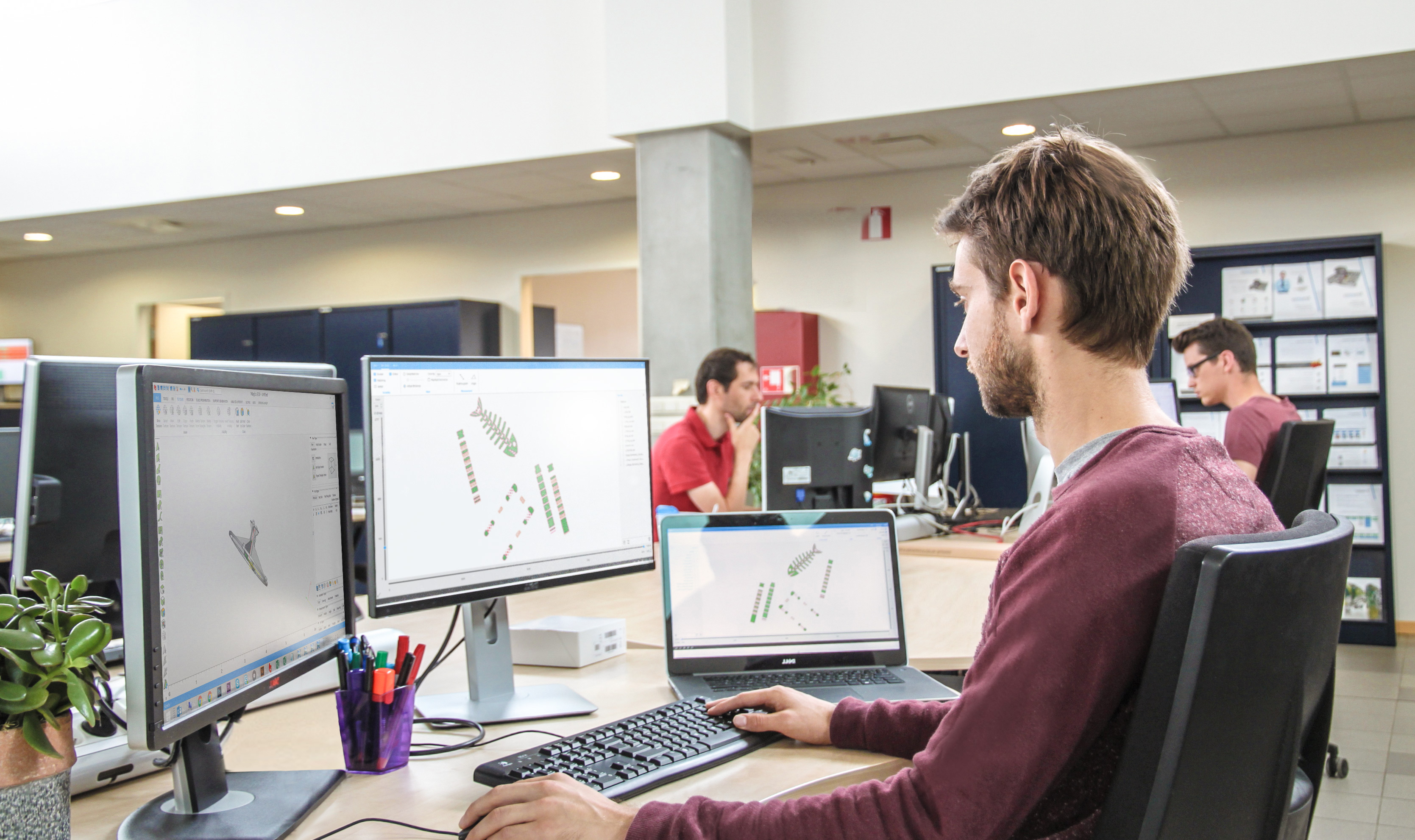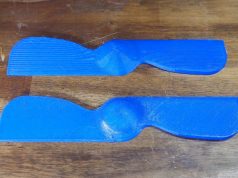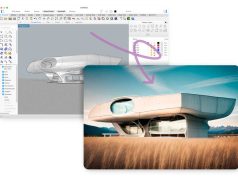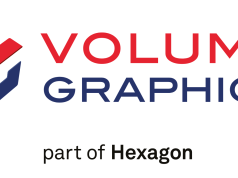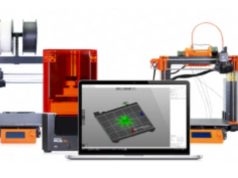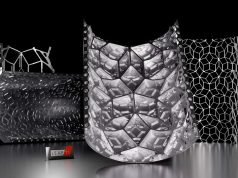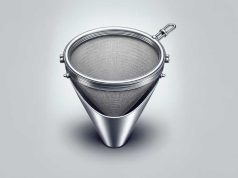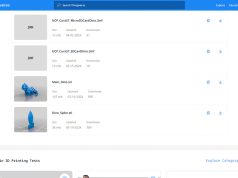3D Printing has to fit the existing manufacturing ecosystem if it is to become a mainstream reality. Software and hardware solutions designed to simplify, streamline and standardize end-to-end process control are the critical backbone to this future.
It is a message Materialise (NASDAQ: MTLS), a leading provider of Additive Manufacturing software and sophisticated 3D printing solutions, explores at this year’s formnext (15-18 November, Messe Frankfurt, Stand F28 in Hall 3.1) and demonstrates with the launch of new end-user led products and software releases within the Materialise Magics 3D Print Suite.
Solutions to be announced at the show include the launch of 3-matic11 and Magics21, enhanced versions of the 3D printing innovator’s signature design optimization and data preparation software packages, and Inspector – a new tool designed specifically to help users harness the benefits of 3D Printing without having to sacrifice the quality control and part standardization.
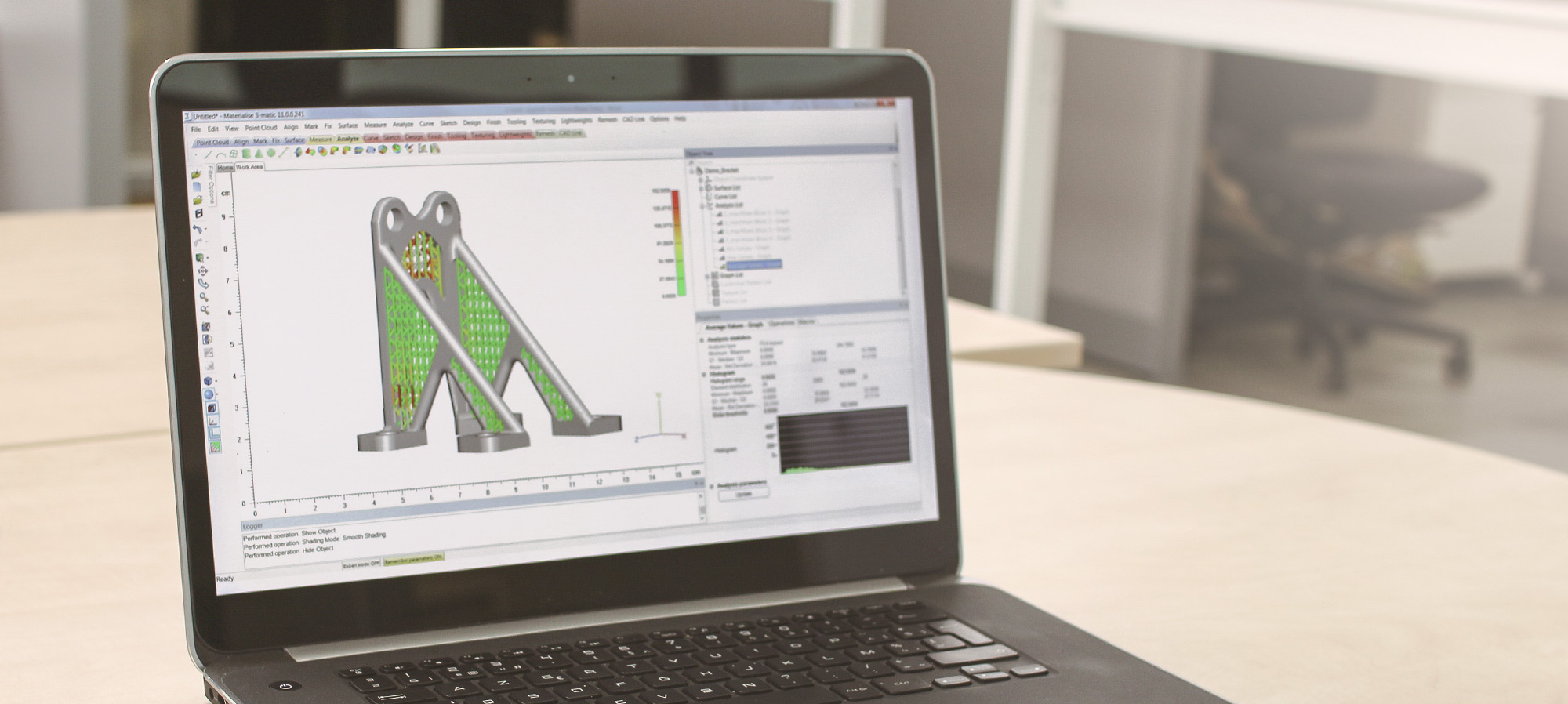
“Control and consistency are concepts firmly entrenched in, and vital to, traditional manufacturing but not widely associated with Additive Manufacturing,” explained Tim Van den Bogaert, Materialise Director New Businesses. “Unlike subtractive processes where materials are manipulated without changing their intrinsic properties, AM involves achieving precision powder and energy ratios – ratios that dictate how the material and final part will perform. Without the ability to predict, inspect and understand that process, AM will never make the step beyond prototyping, towards mainstream manufacturing.”
“This has been the driving force behind our development of Materialise Inspector, a control tool that enables users to analyze data from all stages of the production process, from 3D geometry and toolpath to finished part, in order to improve and guarantee its quality,” Van den Bogaert adds.
Materialise Inspector offers ways to:
- Identify any potential issues in the build strategy upfront by using energy density mapping to simulate the process;
- Monitor the build process with real-time feedback data and automated layer imaging that enables user to ‘see inside’ the part e.g. to verify solidification, for example to enable rapid process shutdown to avoid wastage;
- Perform post-processing and root cause analysis, removing the need for costly trial and error re-test reliance.
“Inspector provides a dedicated, user-friendly mechanism for controlling production and verifying quality. It is an invaluable tool for successfully setting up dedicated production lines, an essential requirement for manufacturing, and as such, is a necessary development for the 3D printing industry,” continues Van den Bogaert.
Those in the industry currently installing and testing dedicated production lines are invited to apply to Materialise’s Industry Leader Program for early access to Materialise Inspector and for the chance to work with Materialise to tune the software to meet the Certified Additive Manufacturing needs of both today and tomorrow.
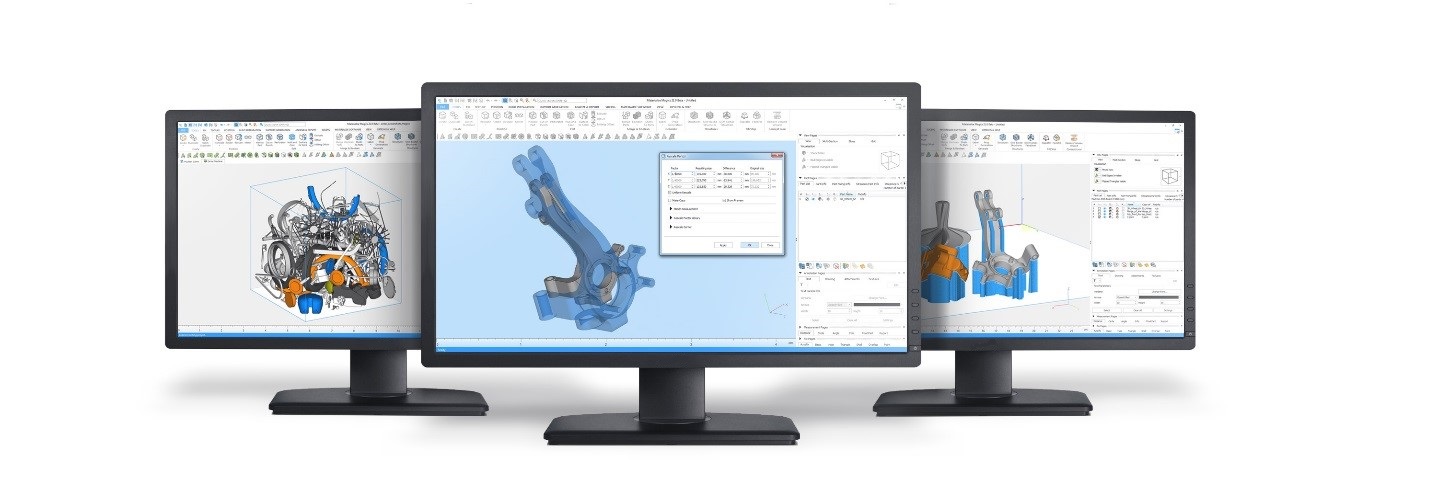
3-matic11 and Magics21, new releases within the widely-used Materialise Magics 3D Print Suite, also focus on putting users in control by simplifying design and data preparation processes, and supporting flexible adoption in ‘real world’ settings.
“In both Magics21 and 3-matic11, we’ve enhanced usability by reducing click counts for key actions and by automating time consuming calculation processes that hold up production and are susceptible to human error,” said Gert Claes, Product Manager of Materialise Magics.
“In Magics21 we’ve improved defect fixing and previous state saving for quicker undo/redo functionality – and introduced new guidance tools such as our orientation optimizer and comparator. These automate and compare best-outcome orientation calculations based on defined user profiles and application requirements, a need keenly felt by those working in metal additive manufacturing. Essentially we’ve made a suite of tools that support a ‘right first time and every time’ reality.”
“Recognizing the growing adoption of multi-laser machines to reduce build-times, we’ve also introduced a slice distribution graph to optimize part configuration – enabling users to fully capitalize on potential print time reductions and improve control quality. No other software on the market provides this functionality,” concludes Claes.
Magics21 also offers ‘fit-to-platform’ functionality to automate part re-scaling, and a feature that calculates optimal part rotation to minimize bounding box size in order to improve production efficiency and simplify the quoting process.
Developed through its own extensive AM manufacturing set-up, to support R&D programs and co-creation partnerships, the Materialise Control Platform – an embedded hardware solution compatible with all leading third party software and technologies – rounded-off the latest developments profiled at the show.
Stefaan Motte, Vice President of Materialise’s Software Unit, concluded: “Our approach has always been to keep evolving our open software suite and hardware solutions in partnership with industry, to meet current needs and drive Additive Manufacturing forward. Right now that means making AM compatible with a world where meeting quality standards, certifications and precise specifications with consistency, is the norm. These latest developments reflect this ambition.”
Subscribe to our Newsletter
3DPResso is a weekly newsletter that links to the most exciting global stories from the 3D printing and additive manufacturing industry.



